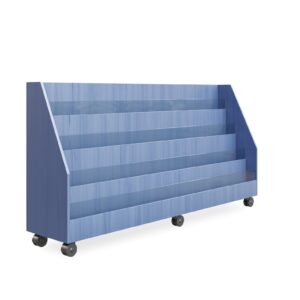Description
- 100% wool
- Size: 16in x 16in (40cm x 40cm)
- Zipper closure for easy insert removal
- Culturally significant artwork
- Designed in Australia
*Indigenous Textiles Collection
Accessories
All Furniture
Arts & Crafts Supplies
Bar Stools
Boardroom Furniture Promo
Decorative Walls, Screens and Accessories
Educational Furniture Sydney
Healthcare Furniture Sydney
Home Furniture
Home Office Desks
Home Office Furniture Sydney
Home Office Storage
Hospitality Furniture Sydney
Lounges & Soft Furnishings
Lounges Sofa & Soft Furnishings
Medical and Healthcare
Medical Chairs Sydney
Office Chairs Sydney
Office Desk Accessories Sydney
Office Desks Sydney
Office Tables Sydney
Office workstations Sydney
Ofice Desks
Reception Office Furniture Sydney
Screens and Partitions
Soft Furnishings and Lounges Sydney
Storage & Filing Metal
Storage Solutions
Tantric Chair Sydney
Used Furniture
Price is hidden
Artist: Judy Watson
Medium: Wool Cushion Cover – 16in (40cm)
This artwork depicts the Jukurrpa (Dreaming) of Mina Mina, a sacred site far west of Yuendumu. It holds great significance for Napangardi/Napanangka women and Japangardi/Japanangka men, all custodians of the Dreaming that created this land.
The story follows a group of ancestral women of all ages who travelled east from Mina Mina, gathering bush food, collecting ngalyipi (snake vine – Tinospora smilacina), and performing ceremonies. Their journey, which created key landmarks including Janyinki, extended far beyond Warlpiri country.
At Mina Mina, karlangu (digging sticks) emerged from the ground. With these, the women set out across the land. The ngalyipi vine, central to this story, climbs the trunks of kurrkara (desert oak – Allocasuarina decaisneana) and serves many purposes: as a ceremonial wrap, a carrying strap for parrajas (wooden bowls) filled with bush tucker, and even as a traditional medicine.
In the painting, wavy lines represent the snake vine, ‘U’ shapes symbolize the women, circles indicate edible mushrooms collected along the journey, and two parallel lines stand for the digging sticks.
 View productAdd to Quote
View productAdd to Quote View productAdd to Quote
View productAdd to Quote View productAdd to Quote
View productAdd to Quote View productAdd to Quote
View productAdd to Quote